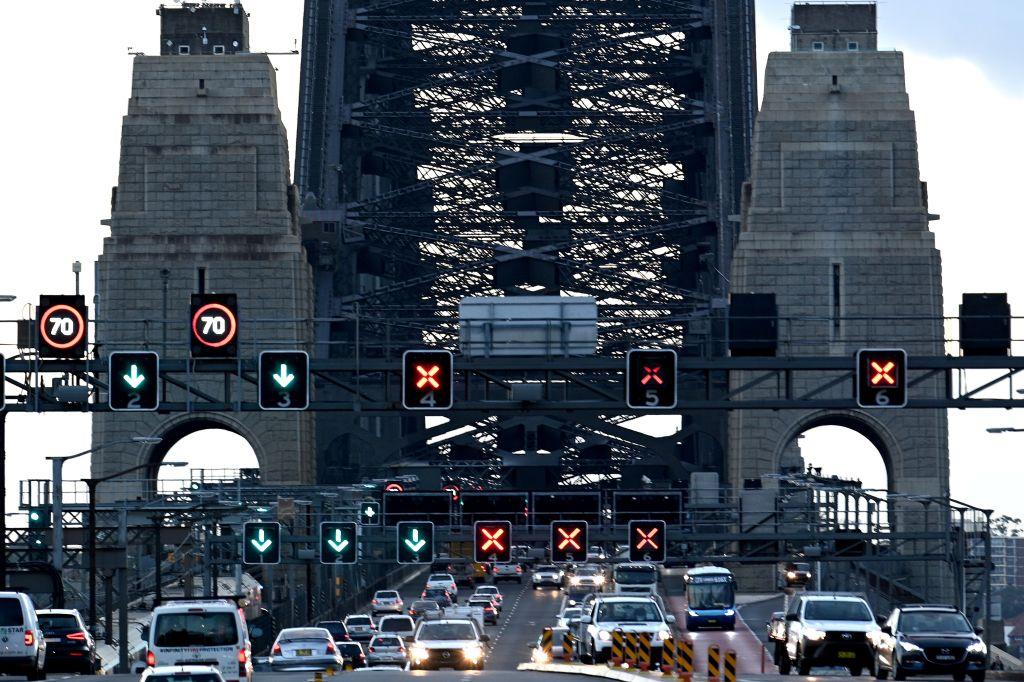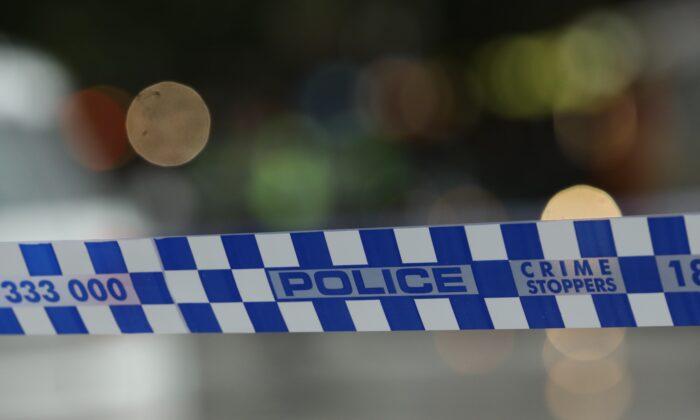One hospital’s innovative solution to soaring demand and waiting times has raised hopes its success can be replicated across South Australia’s ailing health system.
The state is suffering from a hospital capacity crunch, punctuated by elective surgery cancellations and record ramping where patients are stuck outside a hospital in an ambulance waiting for a bed to come free.
Lyell McEwin Hospital in Adelaide’s northern suburbs lost 868 hours to ramping in October, the worst of any hospital in the state.
But it has since recorded five consecutive months of improvement. In March it lost just 479 hours, with ramping cut almost in half from its peak.
Meanwhile, ambulance transfer times have continued to climb across the rest of the state’s health system.
Data released on April 2 shows patients were ramped for 4095 hours in the state’s worst March on record. It was the second-worst month for ramping overall, only behind the 4285 hours recorded in November.
Health Minister Chris Picton said a suite of initiatives implemented at Lyell McEwin Hospital since December had sped up patient flow and discharges, bringing down ramping.
“Over the course of the past six months, there’s been a 45 percent reduction in ramping here at the Lyell McEwin Hospital,” he told reporters.
“That means a big difference to, not only people waiting to get access to care, but also people in the community in the northern suburbs, who need access to ambulances when they need it.”
The initiatives include adding more staffed beds for ambulance patients, better streaming of patients in emergency, specialised geriatric care for older patients in emergency and faster patient discharges on weekends, which is when backlogs have traditionally occurred.
A new team of clinicians has employed artificial intelligence to identify patients ready to be sent home, saving time spent trawling through large lists of patient records and freeing up hospital beds.
Mr. Picton said he has met with the leadership teams of the state’s other hospitals to discuss how to replicate the initiatives implemented at Lyell McEwin.
Elective surgeries resumed for patients at public hospitals on Tuesday after SA Health paused non-urgent surgeries on March 27 amid “extraordinary” demand.
Karen Puvogel, interim chief executive of Northern Adelaide Local Health Network, said 20 patients had elective surgeries cancelled—a “very unusual” figure—but they would be rescheduled in the coming weeks.
Opposition health spokeswoman Ashton Hurn said the latest ramping figures were another reminder of the Malinauskas government’s failure to fix the issue.
“These aren’t just numbers - they represent real South Australians who are stuck waiting outside our hospitals on the ramp,” she said.
“South Australians are sick and tired of [premier] Peter Malinauskas and Chris Picton’s excuses - they want them to roll up their sleeves and get on with fixing ramping just like they promised.”
The government has promised to fix ramping by expanding the capacity of the hospital system, with 150 new beds set to open across the network this year and a further 130 beds in 2025.







